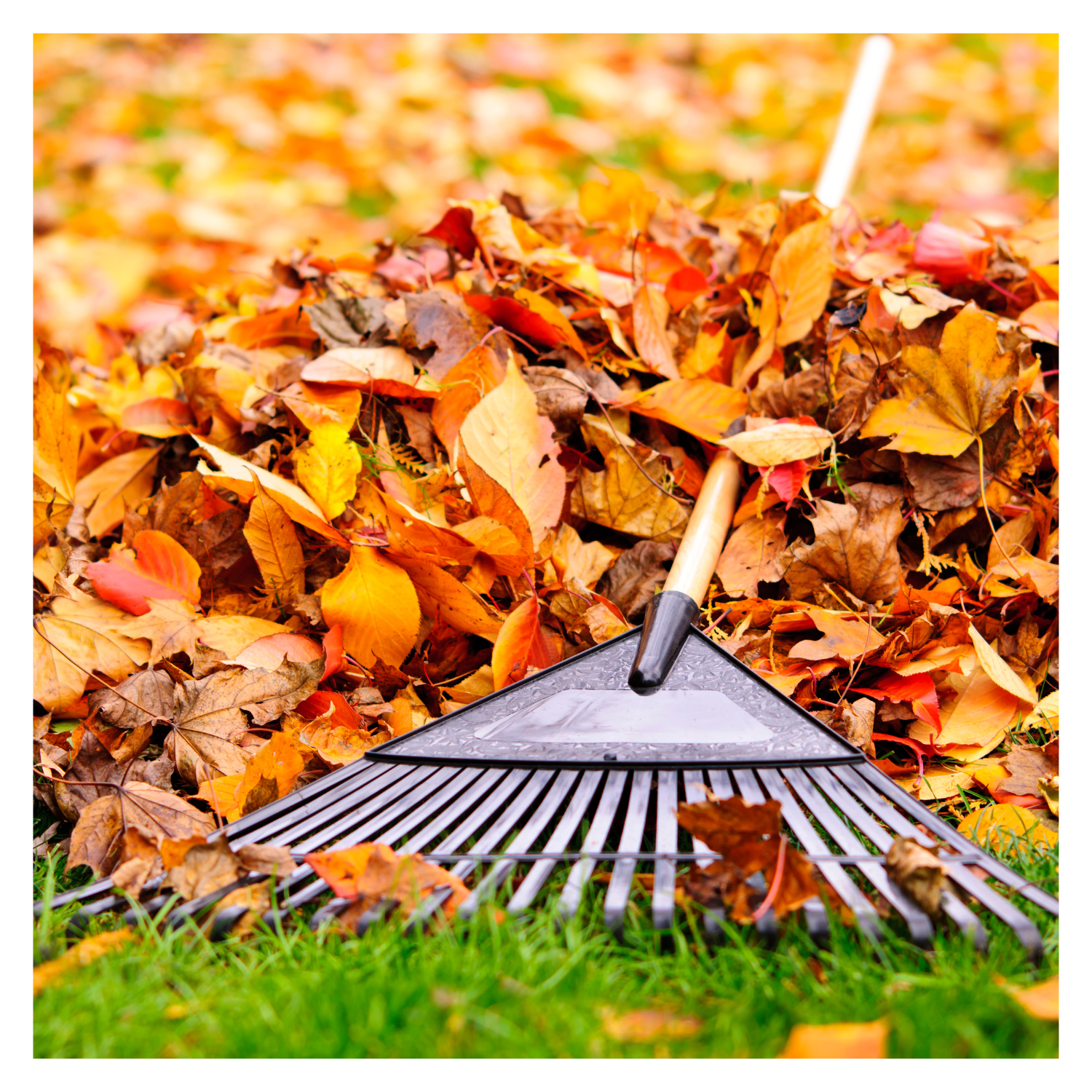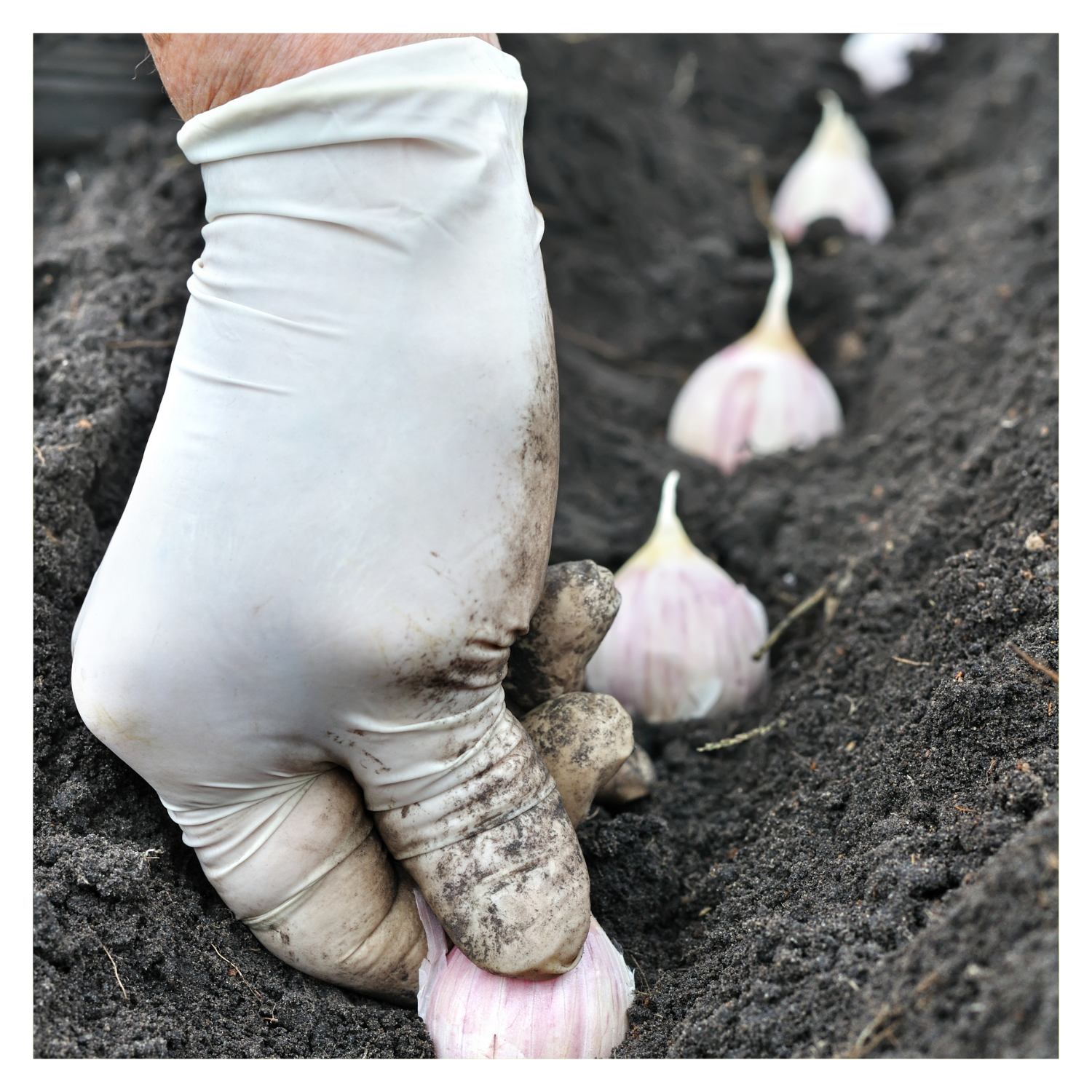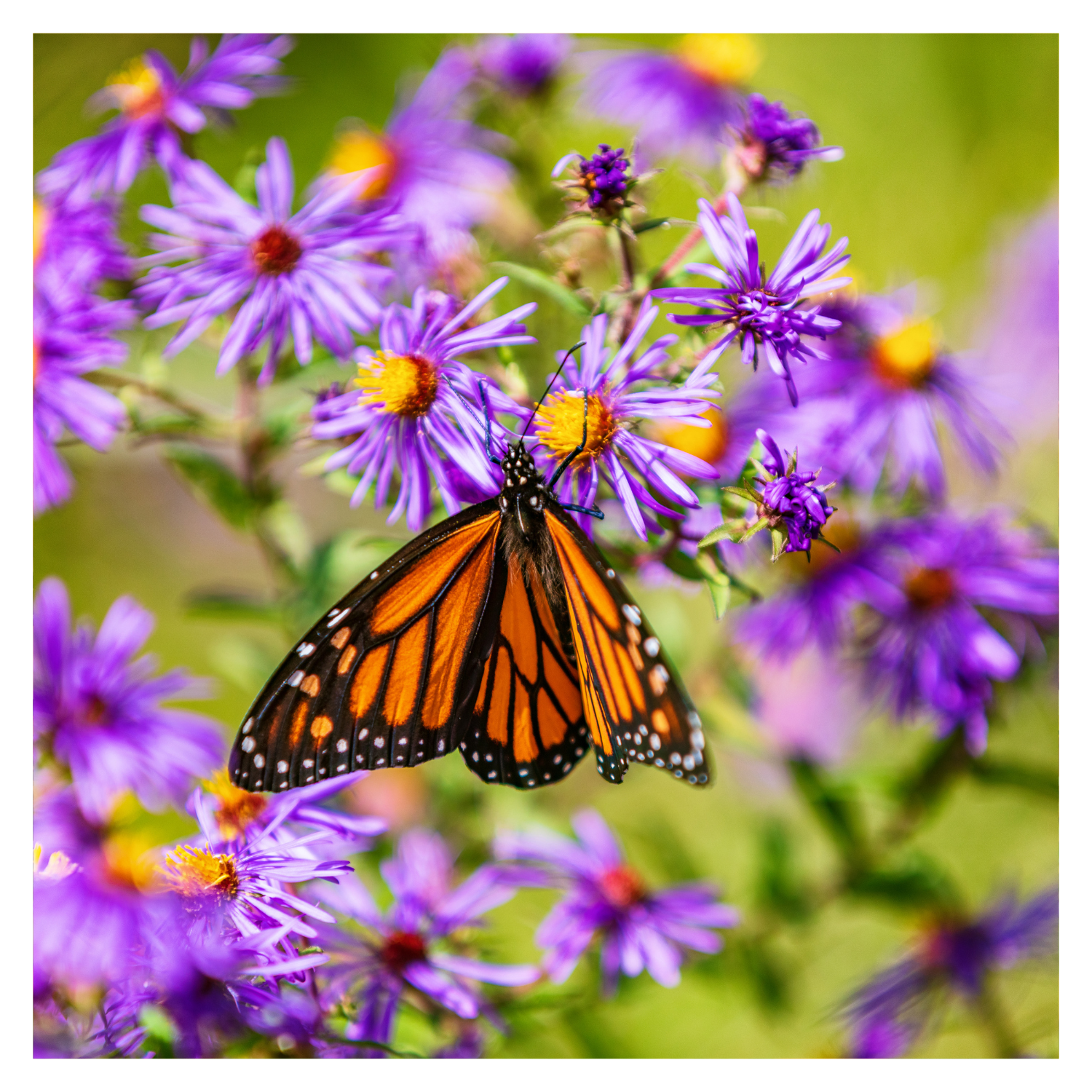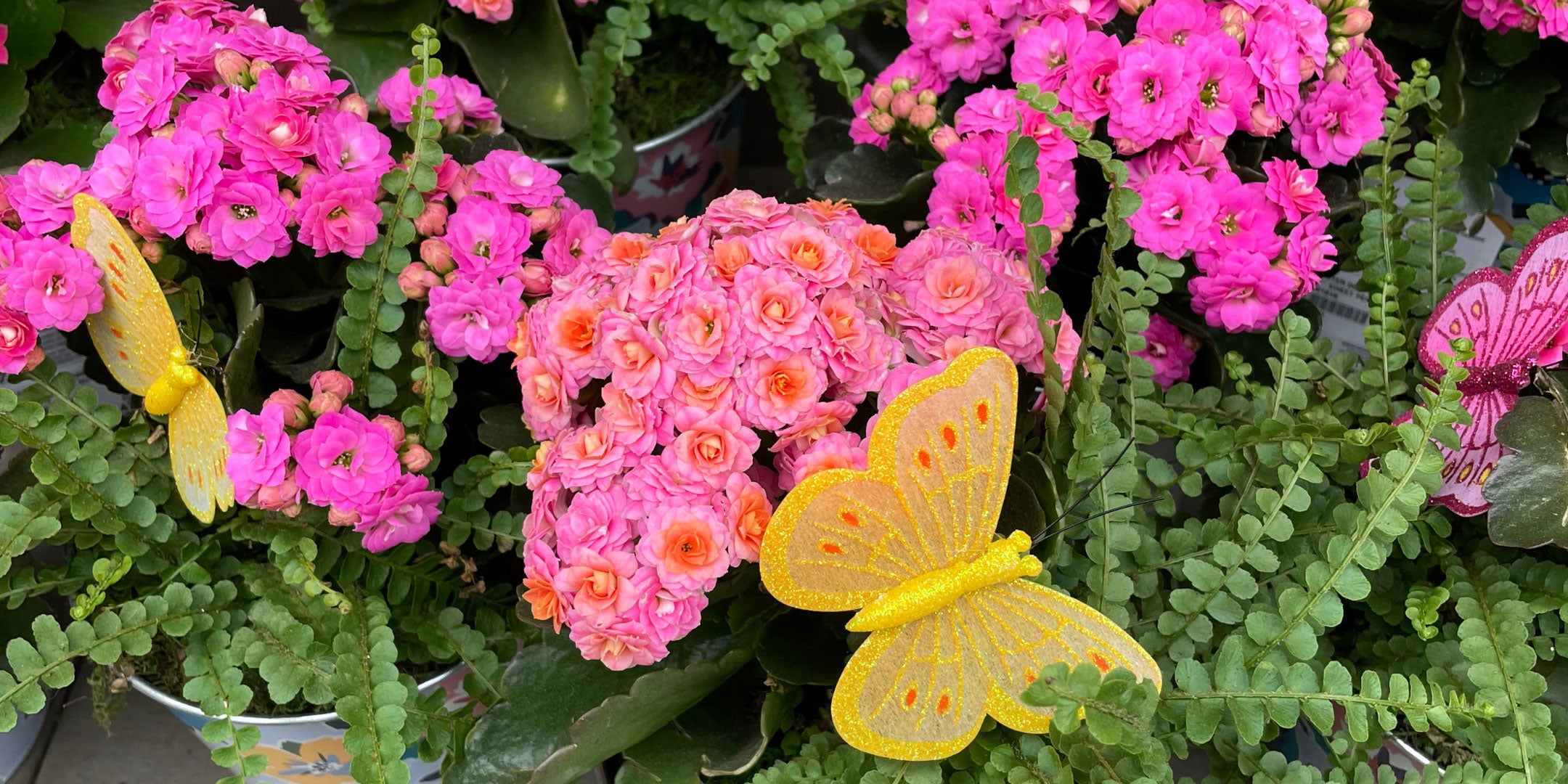As the temperatures begin to dip in Sault Ste. Marie, it's time to start thinking about preparing your garden for winter. Proper winter preparation helps your plants endure the cold months and ensures a flourishing garden come spring. Additionally, fall is the perfect time to plant bulbs that will bloom in the spring, adding vibrant colors to your landscape after the long winter. Let’s explore the best practices for both preparing your garden for winter and planting fall bulbs like garlic, Allium, Crocus, Narcissus, Tulips, and Daffodils.
1. Prepping Your Garden for Winter
Clean Up and Maintenance
Before the ground freezes, spend some time cleaning up your garden. Remove any annual plants that are past their prime and cut back perennials to about 4-6 inches above the ground. This not only keeps your garden tidy but also reduces the likelihood of diseases and pests overwintering in plant debris. Remember to compost healthy plant material, but dispose of any diseased plants to prevent future infestations.
Mulch Your Beds
Applying a thick layer of mulch (3-4 inches) over your garden beds helps insulate the soil, keeping plant roots protected from extreme cold. Mulch also prevents soil erosion and helps retain moisture during the drier winter months. Shredded leaves, straw, or wood chips are excellent choices for mulch. Pay extra attention to the bases of shrubs and trees, but leave space around their trunks to avoid rot.
Water Before the Freeze
Make sure your plants, especially trees and shrubs, are well-watered before the first hard frost. Adequate hydration is essential to help your plants survive winter, as dry soil can cause damage to their roots. Water deeply, but avoid waterlogging, which can harm the roots when temperatures drop.
Protect Vulnerable Plants
If you have tender plants that are susceptible to cold, such as certain perennials, roses, or newly planted shrubs, consider covering them with burlap or frost blankets. Wrapping evergreens and shrubs prone to wind damage can also be beneficial. For added protection, build a simple windbreak using stakes and burlap.
2. Planting Fall Bulbs
Fall bulbs are one of the easiest ways to ensure a burst of color in spring, and now is the time to get them in the ground before winter arrives. Here are the key steps for planting fall bulbs in Zone 4.
Garlic
Garlic is a hardy plant and can be planted in mid to late fall, about 3-4 weeks before the first hard frost. Select a sunny location with well-drained soil, and plant individual cloves about 2 inches deep and 4-6 inches apart. Mulch heavily to protect against fluctuating winter temperatures, and expect to harvest by early summer.
Allium
Alliums, known for their tall, ornamental flowers, are easy to grow and deer-resistant. Plant the bulbs in mid-fall, about 6-8 inches deep in a sunny spot. Alliums prefer well-drained soil, so avoid planting them in areas that become waterlogged during the winter.
Crocus
Crocuses are one of the earliest spring bloomers, and planting them in the fall ensures a lovely display after the snow melts. Plant them about 3-4 inches deep in well-drained soil. These hardy bulbs are excellent for naturalizing in lawns or borders.
Narcissi (Daffodils)
Narcissi, commonly known as daffodils, are another reliable spring bloomer for Sault Ste. Marie gardens. Plant the bulbs 6 inches deep, spaced 4-6 inches apart, in groups for the best visual impact. Choose a location that receives full sun to part shade, and ensure the soil is well-drained. Like garlic, mulching can help protect the bulbs during the winter months. Additionally, daffodils are deer-resistant, making them an excellent choice for gardens prone to wildlife browsing, as their toxic compounds deter deer and other animals from eating them.
Tulips
Tulips bring classic spring charm to any garden, and fall is the ideal time to plant them. Choose healthy bulbs and plant them in full sun, about 6-8 inches deep and 4-6 inches apart. In Sault Ste. Marie’s colder climate, covering tulip beds with mulch can help regulate soil temperature and prevent premature sprouting during warm winter days.
Final Tips for Bulb Planting:
- Timing is Key: Plant bulbs after the first frost but before the ground freezes. This ensures they establish roots before winter but don’t start growing too early. Planting bulbs too early in the season may lead to premature growth if there are unseasonably warm days. This could lead to stunted or weakened plants in the spring. Waiting until the soil cools down, typically after a few nights of light frost, helps prevent this issue.
- Drainage is Important: Bulbs don’t like sitting in soggy soil, which can cause them to rot. If your soil tends to stay wet, consider planting your bulbs in raised beds or amend the soil with organic matter to improve drainage. When choosing a location for planting bulbs, avoid areas where water tends to collect, such as low spots in your yard or areas with heavy runoff. Even well-drained soil can become too saturated if water is constantly flowing or collecting in that area.
- Depth and Spacing: Follow the recommended planting depth for each type of bulb, generally about 2-3 times the height of the bulb itself. For a fuller display, plant bulbs in clusters rather than straight rows. Proper spacing allows each bulb to grow and bloom without competing for resources such as sunlight, water, and nutrients. When bulbs are planted too close together, they can become crowded.
By following these simple tips, your garden will not only be well-protected through the winter but will also burst to life with beautiful blooms when spring arrives. Enjoy the process of preparing your garden for the coming season, and get excited for the vibrant displays your fall-planted bulbs will provide next year!




